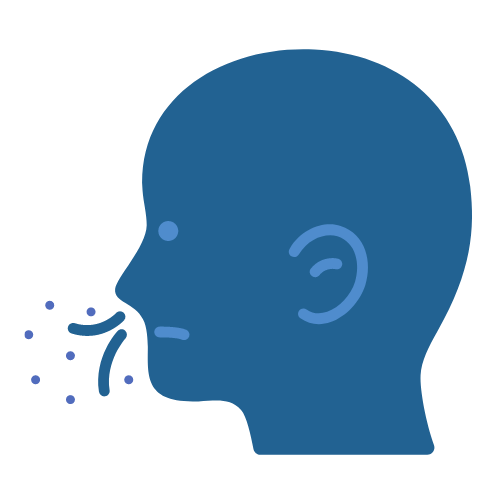
Quality Health Education develops student Health Literacy in ways that also support social emotional learning, improved school climate and academic performance. “Today’s youth encounter greater health challenges and more complex health-related issues at a faster pace than in previous generations (Telljohann 2015).” The 2019 Health Education Framework provides new and in-depth guidance for schools to use in implementing a comprehensive, skill-based Health Education program based on current health data and trends.
Section 1 sets the stage for planning and implementing a comprehensive, skills-based Health Education program that will develop student Health Literacy in ways that support social emotional learning, improved school climate and academic performance.
 Learning Outcomes for Section 1
Learning Outcomes for Section 1
Upon completing this section, participants will be able to:
- Describe economic and public health benefits of school-based
Health Education.
- Explain Health Education as a key component of the Whole School, Whole Child, Whole Community Model (WSCC).
- Describe the new role of Health Education and Health Literacy in reducing health disparities among vulnerable student sub-populations that influence academic achievement.
- Define how Health Education supports social emotional learning (SEL) outcomes resulting in improved student behavioral health, choices and academic performance which influence school climate.
- Describe how the Health Education Framework and Content Standards work together to define quality teaching and learning.
1. Why Should We Care About School Health Education?
Describe one school and community, one economic and one public health benefit of school-based Health Education?
2. A New Way to Look at School Health - WSCC Model
[WATCH] (2 min)
3. A Time to Think about Health & Academics
[WATCH] (1 min)
As you watch this video, consider how health and academics are connected.
How would improving student health literacy by implementing the Health Education Framework impact these statistics?
4. Health and Academic Achievement
.jpg)
[READ] (5 min)
- How does Health Education fit within the Whole School, Whole Child, Whole Community Model (WSCC)?
5. Making the Connection: Health Risk Behaviors and Academic Grades
- Describe how the Health Education Framework and Content Standards work together to define quality Health Education teaching and learning
- Define CA student diversity and identify sub-populations vulnerable to health disparities that influence academic achievement?
6. Social-emotional Learning, Health Education Best Practices, and Skills-based Health
.jpg)
[READ] (5 min)
- What is social emotional learning (SEL) and how is it embedded within the Health Education?
- How does Health Education supports student SELF outcomes resulting in improved student behavioral health, choices and academic performance?
7. CA Admin Outline of Chap 1 HEF Framework
[READ] (10 min)
After reviewing the Administrator Learning Section 1
Outline of Chap 1. Health Education Framework,
- Describe how the Health Education Framework and Content Standards work together to define quality Health Education teaching and learning?
- Define CA student diversity and identify sub-populations vulnerable to health disparities that influence academic achievement?
 Guided Meditation
Guided Meditation
[BREATHE] (30 secs)
Not currently included in time estimate for section.
